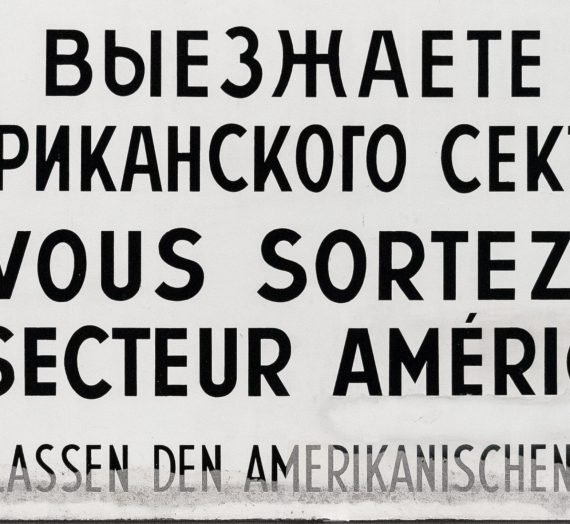Laws and codes may create concerns when editors edit text with trademarked products or services. What can editors do to mitigate these concerns?
The editing process is already daunting enough with concerns like maintaining editor-author relationships and meeting deadlines. However, editors face another concern: trademark, or the legal ownership of how a “word, phrase, symbol, design, or a combination of these things…is used with [someone’s] specific goods or services.” Trademarks are protected by law with penalties for violations, and editors may face the risk of lawsuits and ruined reputations—if not the loss of their careers—if they contribute to violation of trademark laws. Understanding proper use of the ™ symbol is compounded by everyday writers finding creative ways to use the symbol on social media. So how can editors circumvent problems when editing texts involving trademarks?
THE RESEARCH
The study entitled “Trademark™: A Usage-Based Theory of the Trademark Sign” examines the linguistic interpretation of the trademark sign in written text, ranging from legal protections of ideas or brands to parodies of the term and everything in between. LaReina Hingson, Abby Carr, David Chandler, Elizabeth Dearden, Kyra Larsen, Amy Clayton, and Lanne McRae used convenience sampling of social media posts to investigate the usage of the ™ symbol, its impact on the legitimacy of the symbol in linguistics, and whether legality or styling was involved in the usage of the symbol. Their methods included coding and analyzing 237 instances of using the ™ on various social media sites.
The researchers found that while the use of the ™ symbol from a legal perspective signals legitimacy, ownership, or branding, the symbol is being used by social media users to convey a sense of ethos, to communicate parody, or to indirectly signal the writer’s attitude. The findings indicate that the unregistered ™ mark created multiple layers of meaning outside what is legally binding. Distinguishing between a legally binding ™ and an unregistered ™, as well as between legality and parody, makes identifying the intention behind the use critical. Additionally, due to heavy use of the trademark in written text on social media sites, various meanings can be attributed to the trademark symbol and the trademark itself, which makes clarification all the more crucial.
“To understand how parody of trademarks is created, broader research about the pragmatic function of parody can provide insight.” —LaRiena Hingson
THE IMPLICATIONS
The findings suggest important implications through this study for using ™ in editing. One possible implication is that editors must determine if there are legally binding protections on a trademark or if the author is merely making liberal use of a trademark for stylistic distinctions. Editing strategies should change based on which trademark use is present in the text. In addition, editors must be cautious about making changes to the ™ symbol in an author’s text, as the effects could alter the author’s style or have legal consequences.
To discover more about the impact of different uses of trademark in written text, read the full article here:
Hingson, LaReina, Abby Carr, David Chandler, Elizabeth Dearden, Kyra Larsen, Amy Clayton, and Lanne McRae. 2023. “Trademark™: A Usage-Based Theory of the Trademark Sign.” Journal of Pragmatics 208 (April): 3–18. https://doi.org/10.1016/j.pragma.2023.02.006.
—Hannah Hubbard, Editing Research
FEATURE IMAGE BY JOHN SALVINO
Find more research
To learn more about the related topics of social media and editing, read Alohilani Jacob’s Editing Research article, “Politeness as Motivation: How to Edit on Social Media.”




